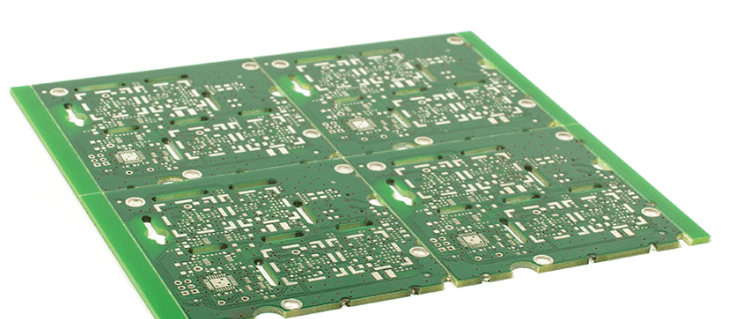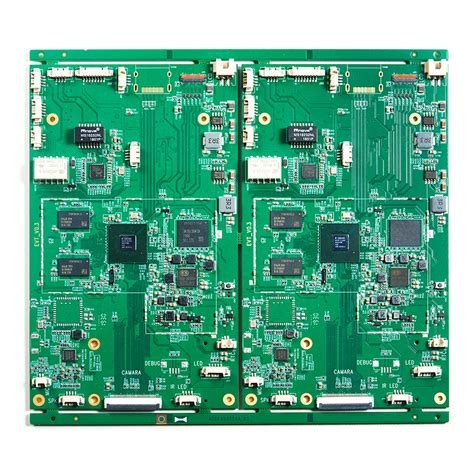Barriers to Productivity in PCB Design Workflow
Introduction
Printed Circuit Board (PCB) design is a critical phase in electronics product development, bridging the gap between conceptual schematics and physical hardware. However, the PCB design workflow is often fraught with inefficiencies that hinder productivity, leading to delays, increased costs, and suboptimal designs. This article explores the key barriers to productivity in PCB design, including tool limitations, collaboration challenges, design complexity, and process inefficiencies, while suggesting potential solutions to mitigate these obstacles.

1. Limitations of Design Tools and Software
One of the most significant barriers to productivity in PCB design is the limitation of available Electronic Design Automation (EDA) tools. While modern PCB design software offers advanced features, several issues persist:
a. Steep Learning Curve
Many PCB design tools require extensive training, slowing down new engineers and increasing onboarding time. Complex interfaces and non-intuitive workflows can lead to errors and inefficiencies.
b. Lack of Integration Between Tools
Different stages of PCB design—schematic capture, layout, simulation, and manufacturing—often rely on separate tools. Poor interoperability between these tools leads to manual data transfers, increasing the risk of errors and version mismatches.
c. Performance Issues with Large Designs
As PCBs become more complex with high-density interconnects (HDI) and multi-layer designs, some EDA tools struggle with performance, causing lag, crashes, and extended processing times.
Potential Solutions:
- Unified Design Platforms: Adopting integrated EDA suites that combine schematic capture, layout, and simulation can reduce workflow fragmentation.
- Cloud-Based Tools: Leveraging cloud computing can enhance processing power for large designs and enable real-time collaboration.
- AI-Assisted Design: Machine learning algorithms can automate routing, component placement, and error detection, speeding up the design process.
2. Collaboration Challenges Among Teams
PCB design is rarely a solo effort; it involves collaboration between electrical engineers, layout designers, mechanical engineers, and manufacturers. However, several collaboration barriers exist:
a. Communication Gaps
Miscommunication between teams can lead to design errors, such as incorrect component footprints, mismatched schematics, or mechanical fit issues.
b. Version Control Issues
Without proper version management, multiple engineers working on the same design may overwrite changes or reference outdated files, leading to inconsistencies.
c. Delayed Feedback Loops
Waiting for feedback from stakeholders (e.g., mechanical engineers verifying enclosure fit) can introduce bottlenecks, especially in distributed teams.
Potential Solutions:
- Real-Time Collaboration Tools: Cloud-based platforms with live editing and commenting features can improve communication.
- Design Review Automation: Automated design rule checks (DRC) and cross-team validation tools can catch errors early.
- Standardized Documentation: Clear design guidelines and centralized repositories (e.g., Git for hardware) can minimize version conflicts.

3. Increasing Design Complexity
Modern electronics demand smaller, faster, and more power-efficient PCBs, adding layers of complexity that hinder productivity:
a. High-Speed Design Challenges
Signal integrity (SI), power integrity (PI), and electromagnetic interference (EMI) require meticulous routing and simulation, increasing design time.
b. Miniaturization and HDI Constraints
High-density designs with fine-pitch components and microvias demand advanced manufacturing knowledge, often requiring multiple design iterations.
c. Mixed-Signal and RF Considerations
Combining analog, digital, and RF circuits on a single board introduces additional validation steps, slowing down the workflow.
Potential Solutions:
- Advanced Simulation Early in the Process: Running SI/PI analyses during layout rather than post-design can prevent late-stage revisions.
- Design for Manufacturing (DFM) Tools: Integrating DFM checks within the design phase reduces manufacturability issues.
- Modular Design Approaches: Reusing pre-validated circuit blocks can accelerate development.
4. Inefficient Design Processes
Even with the right tools and expertise, inefficient workflows can derail productivity:
a. Manual and Repetitive Tasks
Tasks like footprint creation, netlist generation, and design rule checks are often performed manually, consuming valuable time.
b. Lack of Standardization
Inconsistent design practices (e.g., varying layer stackups, naming conventions) lead to rework and miscommunication.
c. Poor Change Management
Last-minute design changes (e.g., component shortages, revised specs) can disrupt the entire workflow if not managed properly.
Potential Solutions:
- Automation Scripts: Custom scripts (e.g., Python, KiCad scripts) can automate repetitive tasks like BOM generation.
- Template-Based Design: Standardized templates for common PCB types (e.g., IoT, power electronics) can reduce setup time.
- Agile PCB Development: Adopting iterative design sprints with frequent stakeholder reviews can accommodate changes more smoothly.

5. Supply Chain and Manufacturing Delays
PCB productivity is not just about design—external factors like component shortages and fabrication lead times also play a role:
a. Component Obsolescence and Shortages
Designing with unavailable parts forces last-minute redesigns, increasing time-to-market.
b. Long Prototyping Cycles
Traditional PCB fabrication can take weeks, delaying validation and testing.
Potential Solutions:
- Early Supply Chain Engagement: Collaborating with procurement teams during schematic design can prevent part availability issues.
- Rapid Prototyping Services: Utilizing quick-turn PCB fabrication and 3D-printed enclosures can accelerate testing.
Conclusion
Productivity in PCB design is hindered by a combination of tool limitations, collaboration challenges, increasing complexity, inefficient processes, and external supply chain factors. Addressing these barriers requires a multi-faceted approach, including better-integrated EDA tools, improved team collaboration strategies, automation, and proactive supply chain management. By implementing these solutions, engineering teams can streamline their PCB design workflows, reduce time-to-market, and enhance overall product quality.
The future of PCB design lies in smarter tools, seamless collaboration, and agile methodologies—ultimately transforming these productivity barriers into opportunities for innovation.





